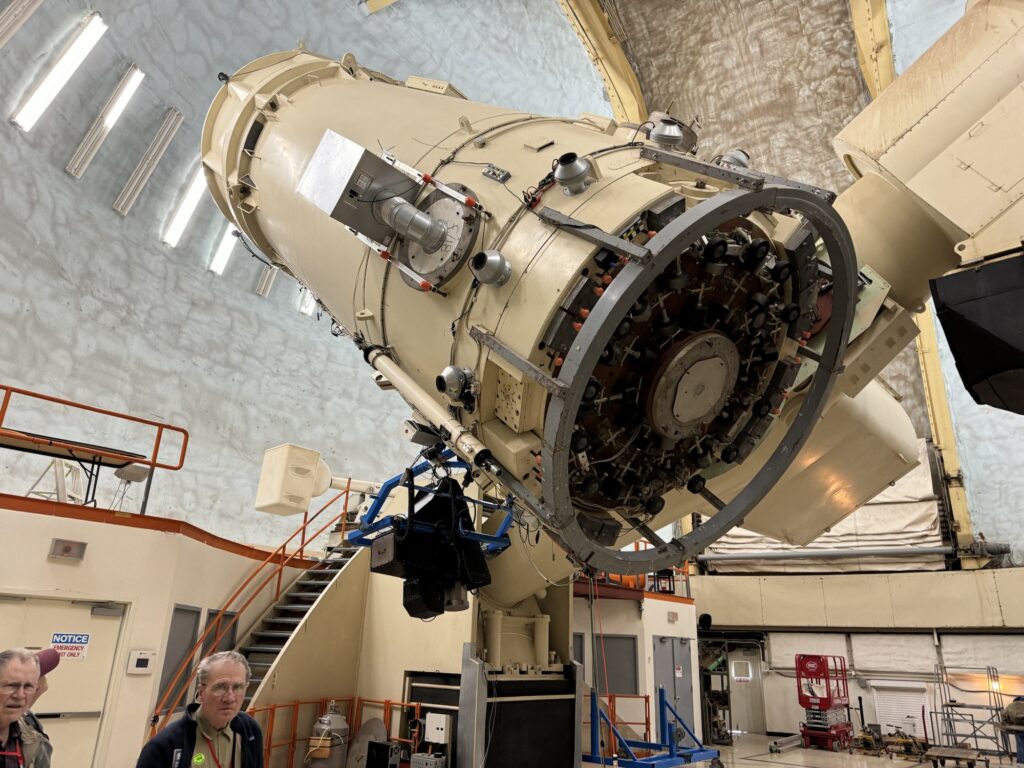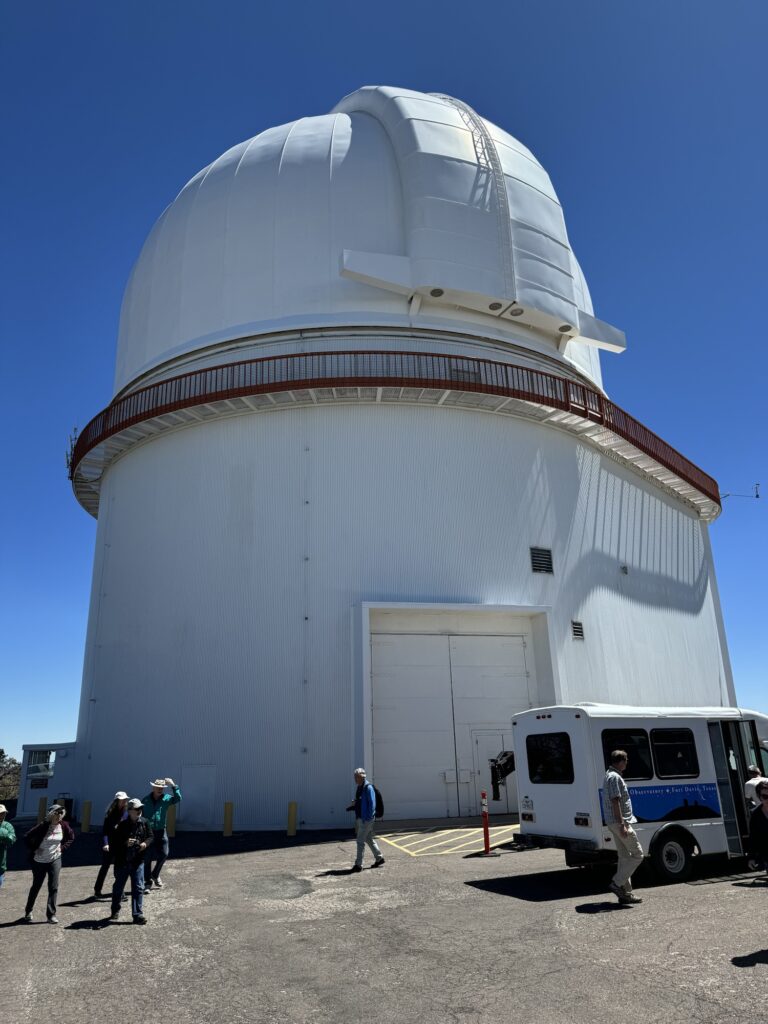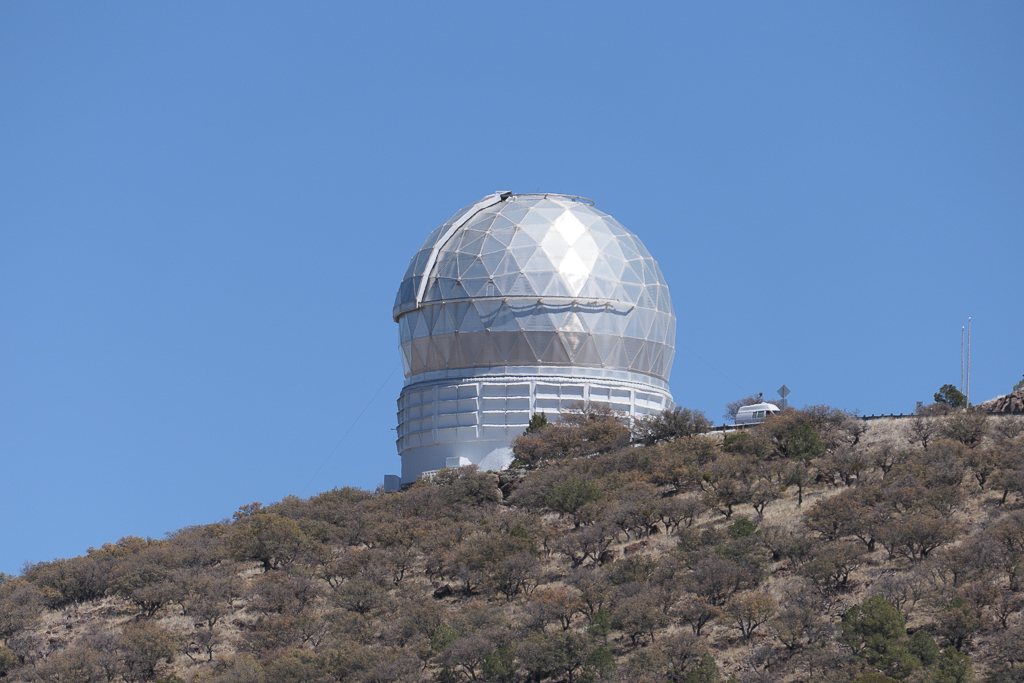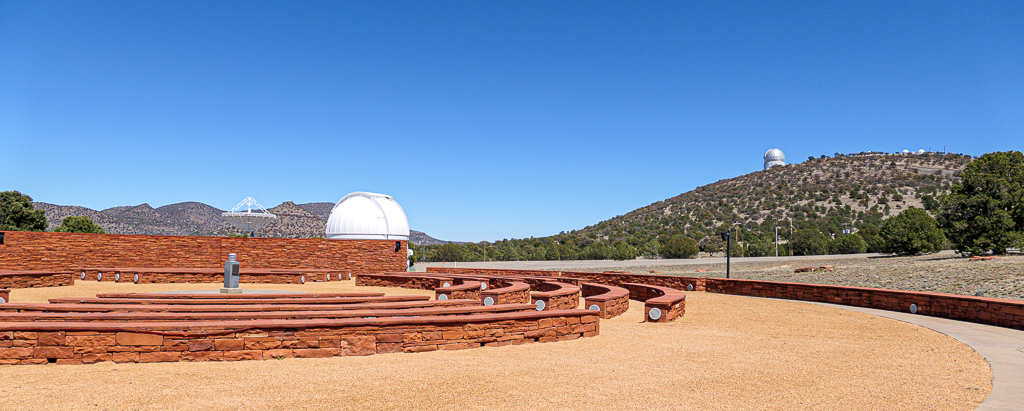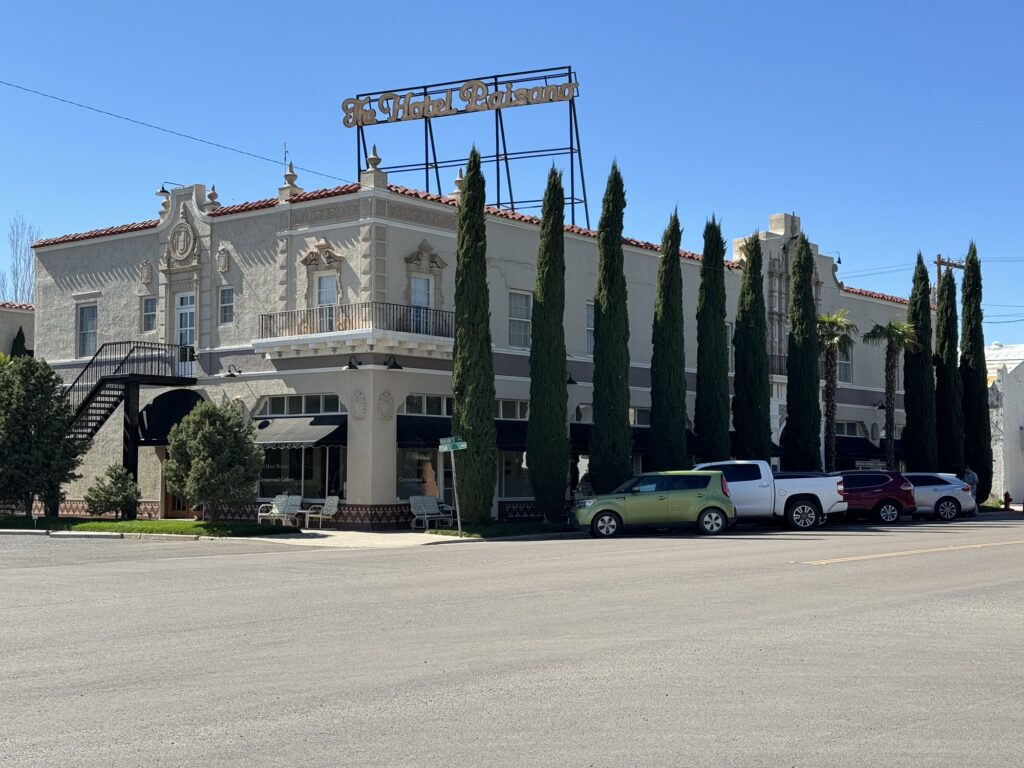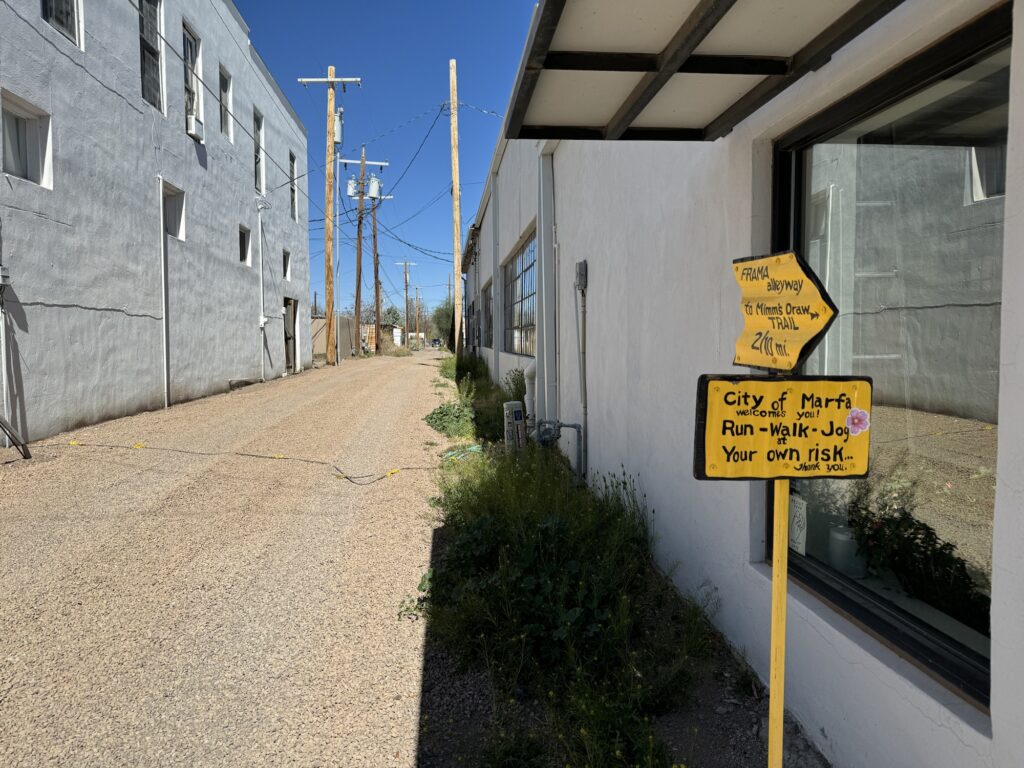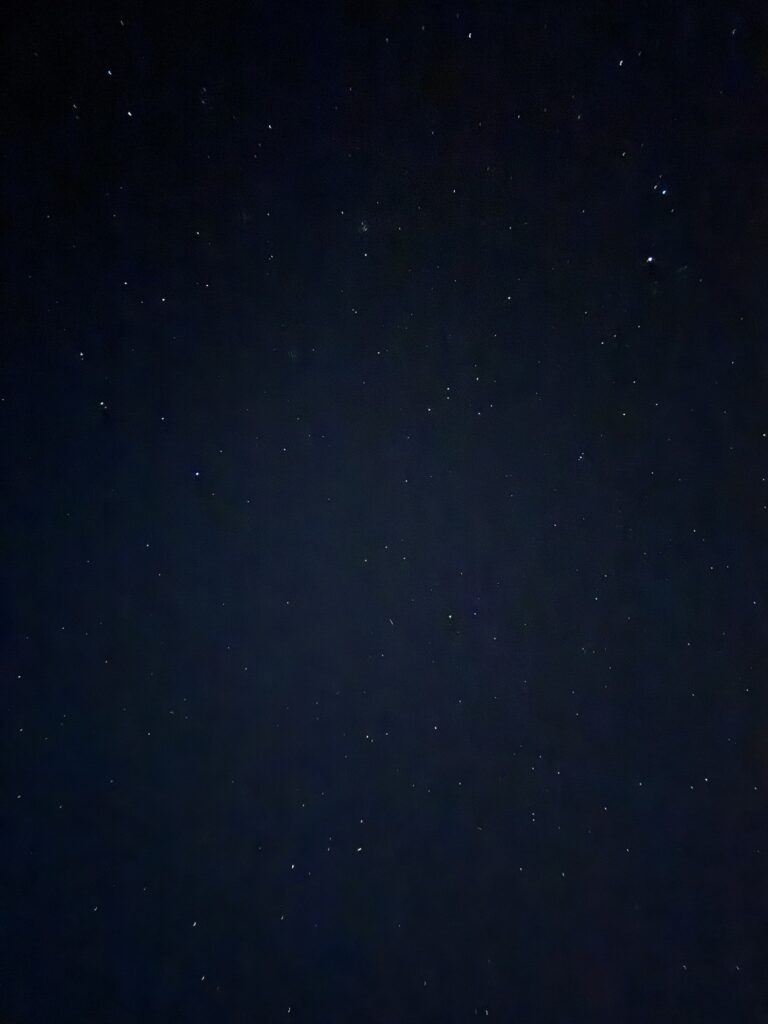We left Marfa this morning and stopped at the Fort Davis National Historic Site en route to Big Bend National Park. Along the way, I discovered that T-Mobile uses a roaming partner here; I discovered this by using up my roaming allowance and losing Internet on my phone!
But we do have connectivity at the Visitor Center across the parking lot from our room at Chisos Mountain Lodge here at the park, so I can post tonight.
Here are a few photos from Fort Davis:
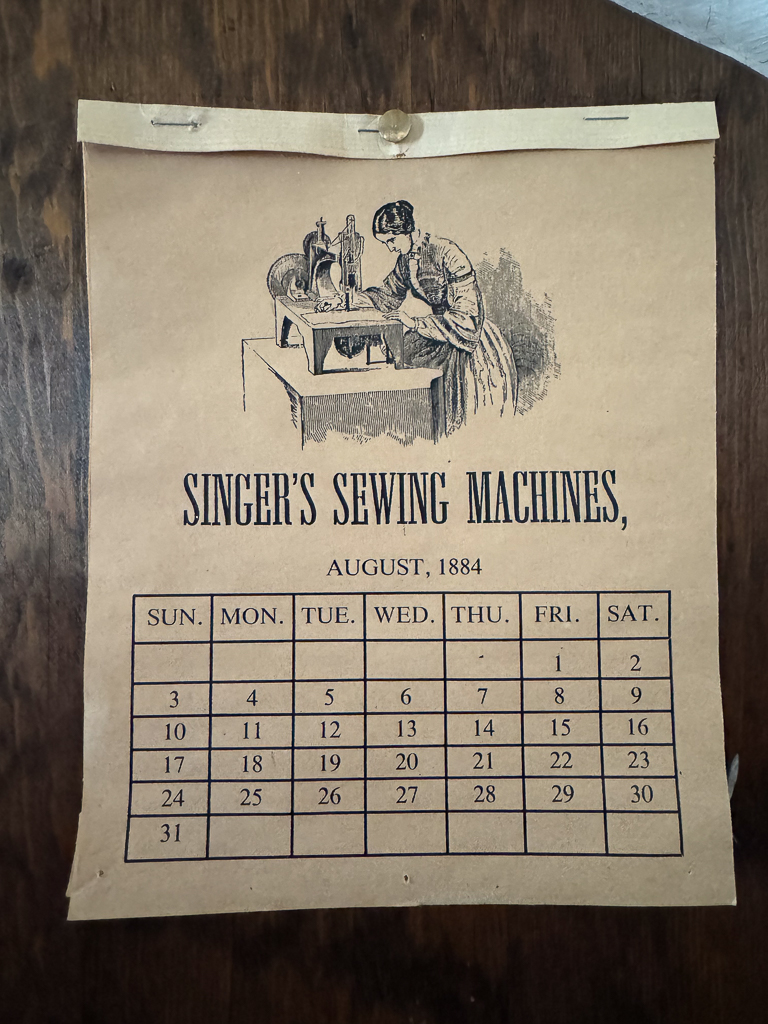
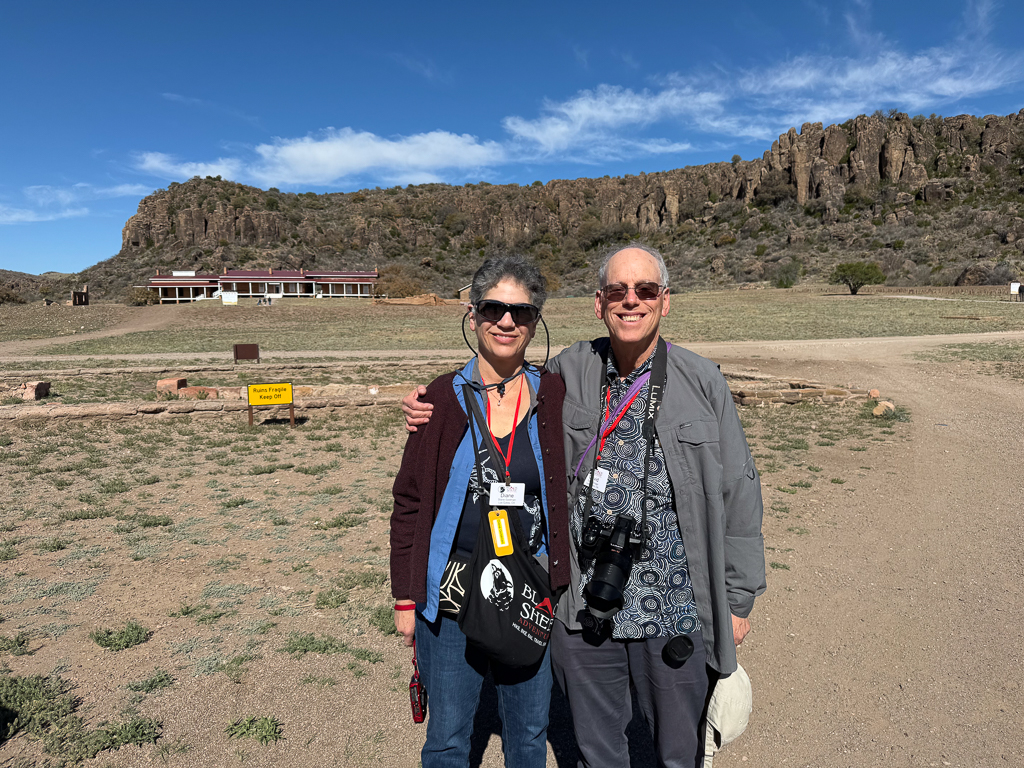
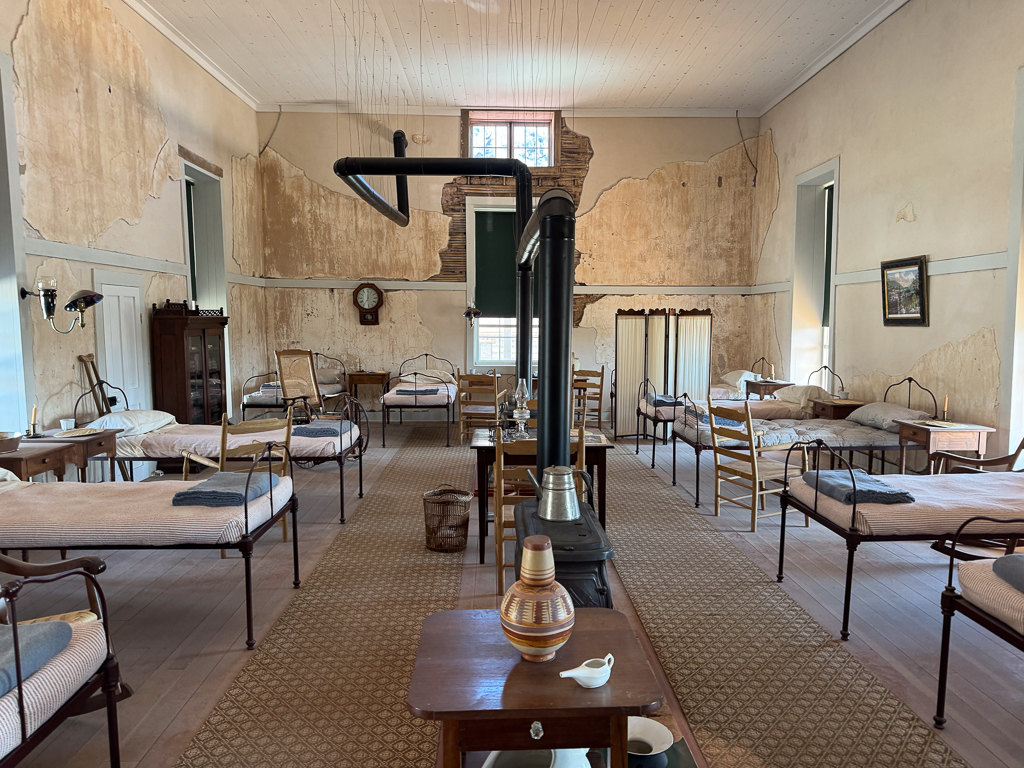
And a few from our first afternoon at Big Bend:
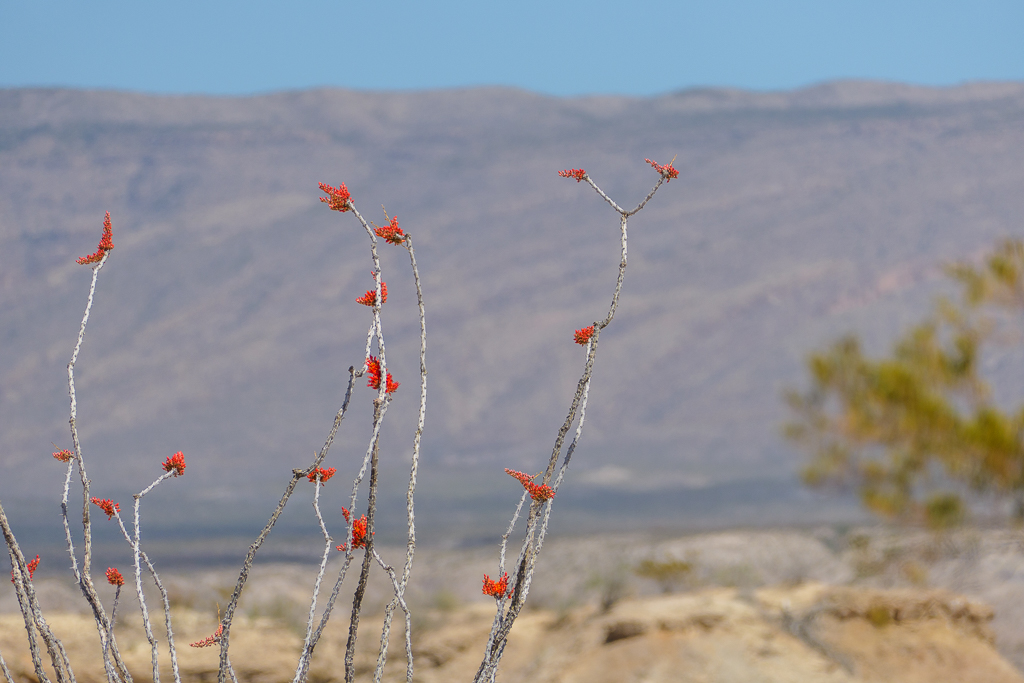
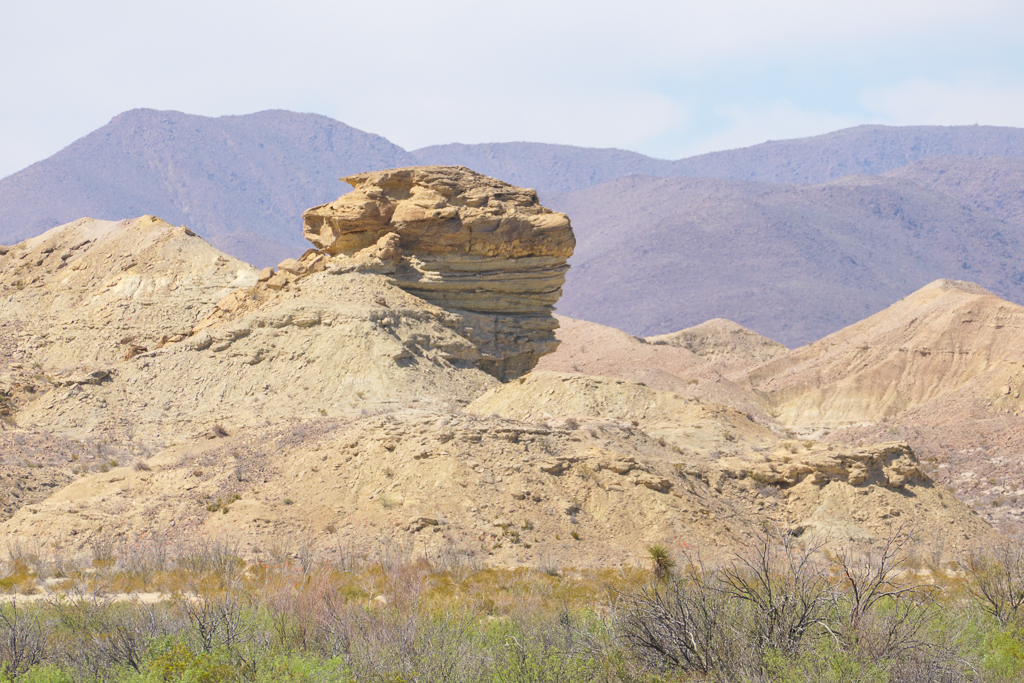
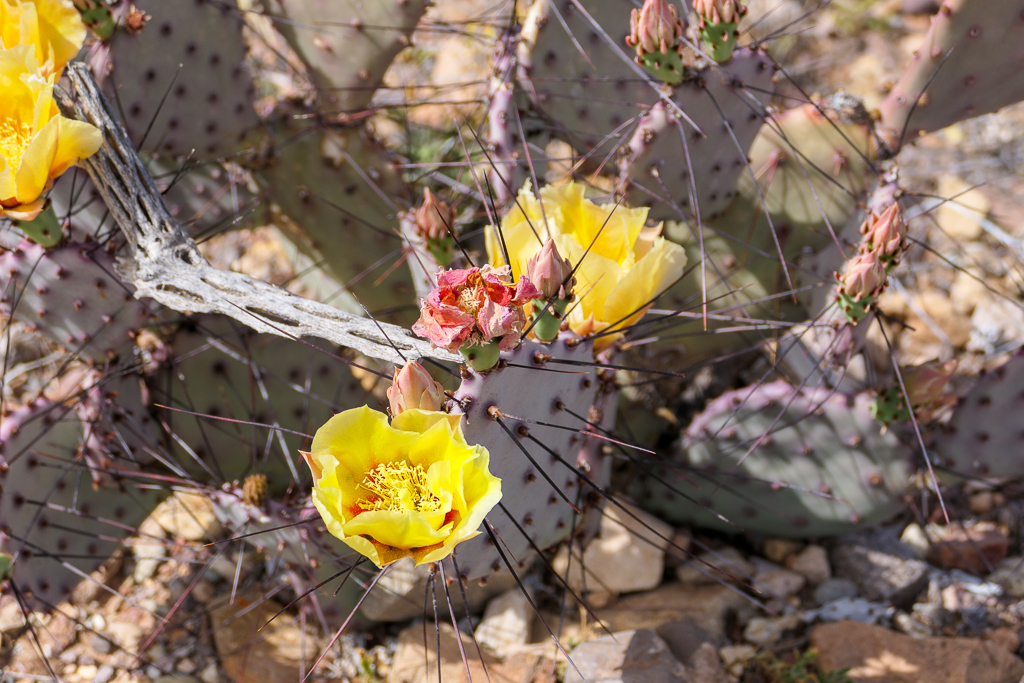
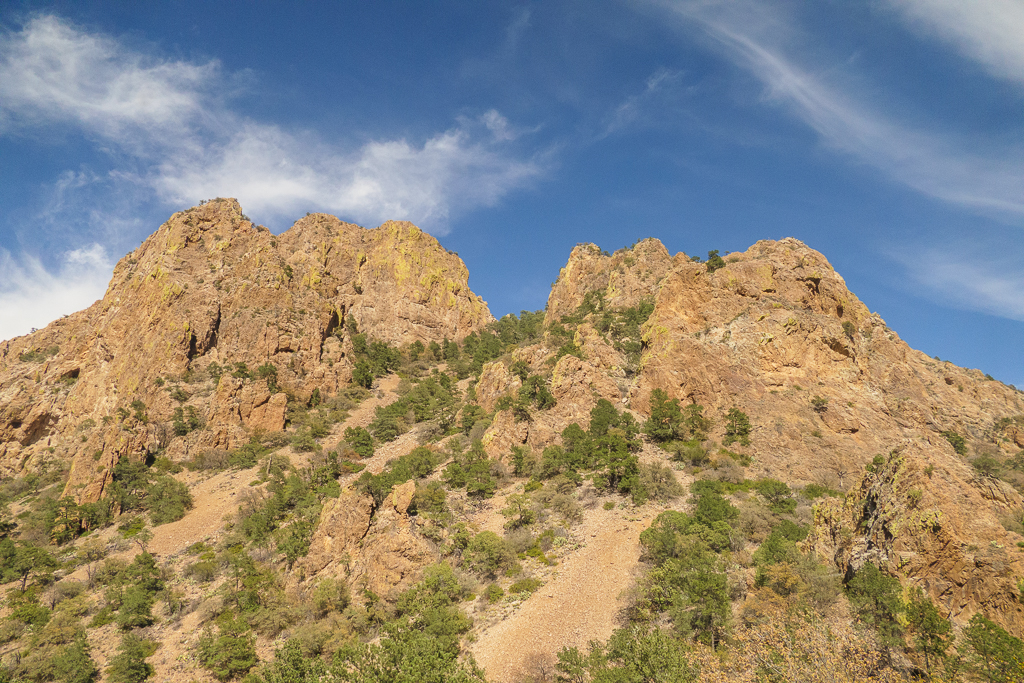
Professor Binzel is taking us star-gazing in a few minutes once it’s dark enough. We only have to walk a few hundred yards instead of driving up a mountain, but I’m still going to call it a night now!
